Raynaud’s syndrome, also called Raynaud’s phenomenon or Raynaud’s disease, is a rare condition that causes parts of the body — usually fingers and toes — to change colors and feel painful, cold or numb in cold temperatures or during stress. Here’s what you need to know about Raynaud’s syndrome and how it’s treated.
What is Raynaud’s syndrome?
Raynaud’s syndrome is a condition that causes blood vessels going to certain parts of the body to over-react to cold or stress. The blood vessels become narrow, resulting in less blow flow to the affected areas producing a pale, or white, discoloration.
Raynaud’s syndrome is found in about 4 to 15 percent of the population. It affects females more than males and tends to begin in the teen years.
Children and adolescents most commonly have primary Raynaud’s, which has no known cause and isn’t a serious health threat. Rarely, Raynaud’s is caused by an underlying disease that requires diagnosis and therapy. This is called “secondary Raynaud’s,” and can be a sign of a more serious health threat.
For most children with Raynaud’s syndrome, the condition is little more than a nuisance and requires no medical treatment, only some simple lifestyle changes.
What are the symptoms of Raynaud’s syndrome?
During a Raynaud’s syndrome episode, little or no blood flows to the affected area, causing skin to become cold and turn white, then blue, for a short time. As blood flow returns, the affected areas may turn red and throb, tingle or feel numb. Note: not all children experience all three color changes, or the changes in the same order.
Raynaud’s syndrome usually affects the fingers and toes. It can also affect the nose, ears, lips or knees, but this is rarer. Episodes usually begin in a single finger and then spread to other fingers in both hands. The index, middle and ring fingers are most frequently involved, while the thumb is often not affected.
Episodes are usually triggered when a child is exposed to cold or is under emotional stress. Symptoms generally disappear 15-20 minutes after the child warms up or calms down.
How is Raynaud’s syndrome treated?
Raynaud’s syndrome can usually be managed with measures such as:
- Moving the child to a warmer location
- Swinging arms in circles
- Wiggling fingers and toes
- Putting the child’s hands in warm (not hot) water
- Placing the child’s hands against a warm part of the body
- Rubbing the hands together and massaging the feet
Occasionally, children with Raynaud’s syndrome are given prescription medications which work to keep blood vessels open and increase blood flow to the fingers and toes. For patients who have more severe symptoms or who have developed complications such as ulcers on the fingertips, other medications can be used, such as topical nitrate cream or sildenafil.
How can Raynaud’s syndrome episodes be prevented?
There are several things you can do to decrease the frequency of Raynaud’s syndrome episodes:
- Encourage your child to get exercise
- Dress your child appropriately for cold weather
- Help your child avoid things that make Raynaud’s syndrome worse, like caffeine, secondhand smoke, stress and tight-fitting jewelry or clothes that can decrease circulation.
- Teach your child relaxation exercises to help with stress.
When to see a doctor
If your child seems extremely sensitive to cold or emotional stress and you think they may have Raynaud’s syndrome, it’s generally okay to decide to wait until their next regular check-up. Raynaud’s isn’t a disease, and for most kids, the diagnosis just means they’ll have to take extra care to stay warm.
However, if your child’s symptoms are accompanied by any of the following warning signs of a more serious illness, they should see their doctor sooner:
- skin sores
- substantial pain
- rashes or other changes in the skin
- fever
- chest pain
- bad heartburn
- weakness
 https://riseandshine.childrensnational.org/wp-content/uploads/2024/03/solar-eclipse-feature.png
300
400
Rise and Shine
https://riseandshine.childrensnational.org/wp-content/uploads/2017/11/childrens_riseandshine_logo.jpg
Rise and Shine2024-03-28 11:02:452024-03-28 11:02:45Keeping kids’ eyes safe during a solar eclipse
https://riseandshine.childrensnational.org/wp-content/uploads/2024/03/solar-eclipse-feature.png
300
400
Rise and Shine
https://riseandshine.childrensnational.org/wp-content/uploads/2017/11/childrens_riseandshine_logo.jpg
Rise and Shine2024-03-28 11:02:452024-03-28 11:02:45Keeping kids’ eyes safe during a solar eclipse




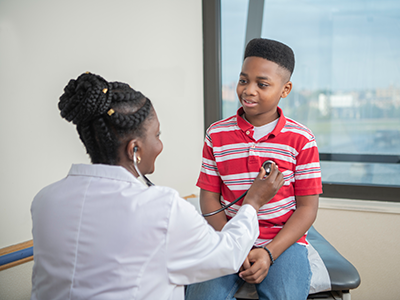
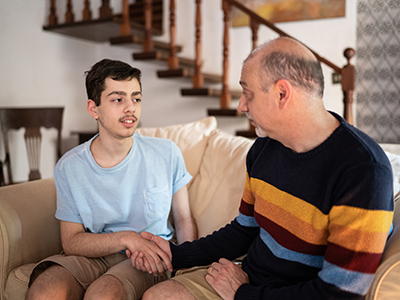







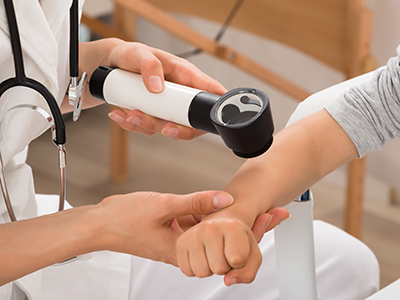

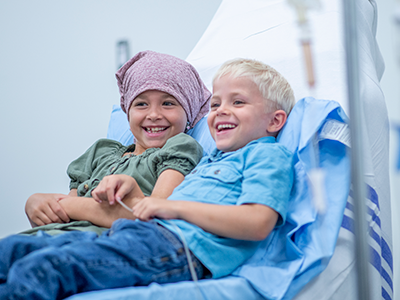



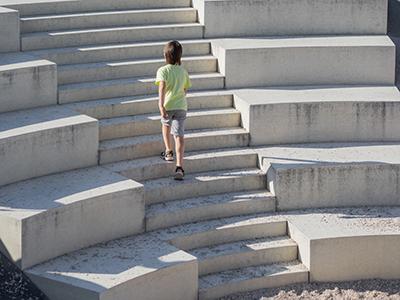
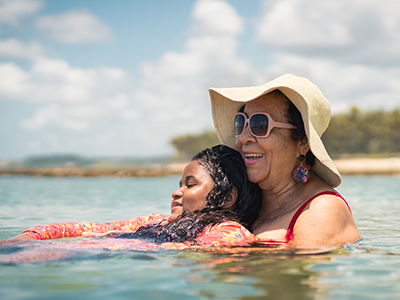
Leave a Comment
Want to join the discussion?Feel free to contribute!